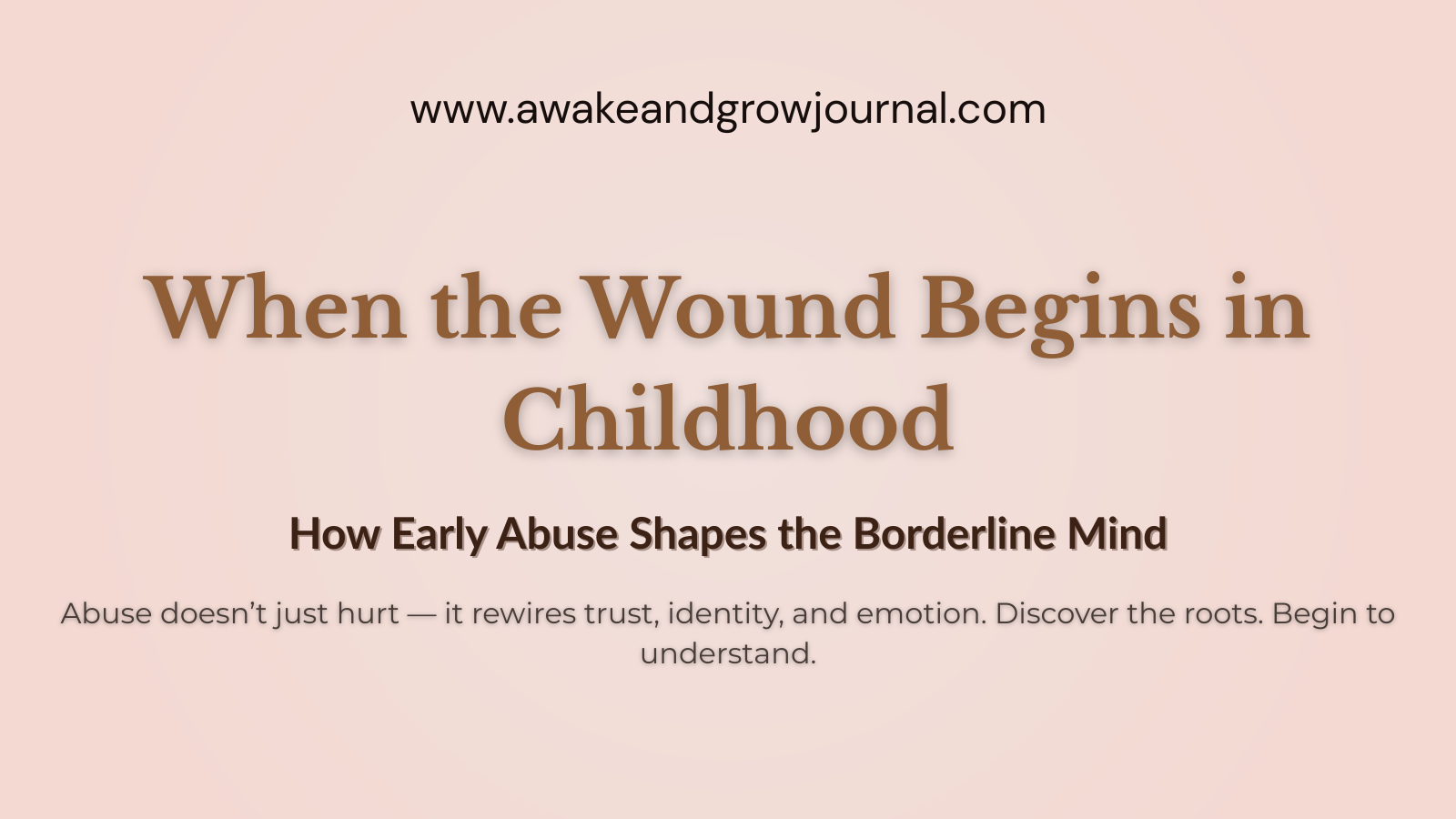
Those Who Were Abused as Children – The Roots of Borderline Personality Disorder
Today’s topic is the roots, development of borderline personality disorder, and childhood sexual abuse.
According to psychological literature, childhood sexual abuse is a significant – one might say, almost classical – risk factor for borderline personality disorder.
The traumatic nature and consequences of sexual abuse are particularly devastating because they shake the child’s fundamental sense of security, while the perpetrators are precisely those people on whom the child depends, whom they love, and trust: close family members, relatives, acquaintances, or caregivers.
The depth of the trauma lies in the fact that the child is in a completely helpless, defenseless situation and is unable to escape.
This experience fundamentally destroys their trust in the world and in themselves.
Perhaps the most dramatic consequence of the abuse is the severe damage to the child’s primary attachment pattern, which is the foundation of stable personality development.
⸻
As a result, a so-called disorganized attachment develops:
the child simultaneously seeks the abuser’s proximity – because they must form an attachment – while also being terrified of them.
This confusion remains into adulthood and appears as the unstable attachment pattern characteristic of borderline personality disorder:
“I need you, but I’m afraid of you, and I’m terrified you’ll abandon me.”
During sexual abuse, the child experiences extremely intense, ambivalent emotions: shame, guilt, helplessness, anger, and despair – all at once.
Since a child cannot ask for help at that age, often no one believes them, they are silenced, or threatened not to speak.
Thus, they learn to suppress, to disconnect from these emotions.
They dissociate.
As a result, in adulthood, they become incapable of properly regulating their emotional states.
Borderlines struggle with emotional dysregulation, extreme emotional instability, and dissociative symptoms – all of which can be traced back to childhood traumas.
⸻
Identity development is also disrupted – there is no coherent self-image.
Identity diffusion develops: meaning they do not know who they are.
Sexual abuse severely damages the child’s relationship with themselves.
The perpetrators often manipulate the child as well:
“It’s your fault.”
“You seduced me.”
“Who would believe you?”
The child internalizes these distorted messages, thus forming a negative self-image, the consequences of which are constant guilt, worthlessness, and self-hatred.
This leads to identity disturbance in adulthood – one of the main diagnostic criteria of borderline personality disorder.
⸻
Relationship Instability and Emotional Splitting
The victim of childhood abuse learns: people are either good or bad.
There are no shades, no transitions, only polarized thinking.
The same person who gives love is also the one who abuses.
Thus, they cannot see others as a whole – this is psychological splitting.
This persists into adulthood: the same person can be idealized and demonized at the same time.
Anyone who has lived with a borderline person knows exactly what this means:
one moment they put you on a pedestal, the next they hate you.
Without therapy, a borderline person’s relationships are extremely intense, dramatic, hectic, and chaotic.
⸻
Neurobiological Consequences
Research confirms that early traumas – especially sexual abuse – can permanently alter certain brain structures, such as the amygdala, hippocampus, and prefrontal cortex.
Thus, borderline personality disorder involves not only psychological but also biological difficulties in emotion regulation.
⸻
Why Does Borderline Personality Disorder Develop After Abuse?
Of course, not every person who has experienced sexual abuse develops borderline disorder, but according to statistics, 60-70% of those affected report such childhood experiences.
Abuse directly destroys those psychological foundations – attachment, self-image, emotion regulation – that are central elements of borderline personality disorder.
Childhood sexual trauma comes with rejection, betrayal, helplessness – all of which match the inner psychological map of a borderline individual.
⸻
Summary
In summary: childhood sexual abuse often leads to borderline personality disorder because it shatters basic trust, damages attachment, self-image, and emotional regulation, resulting in unstable relationships and splitting.
In the treatment of borderline personality disorder, psychotherapy is crucial: it helps rebuild damaged attachment, emotional self-regulation, and self-image.
⸻
Thank you for reading.
If you found it informative, hit follow for more similar content, and share it with someone who could benefit from this writing.